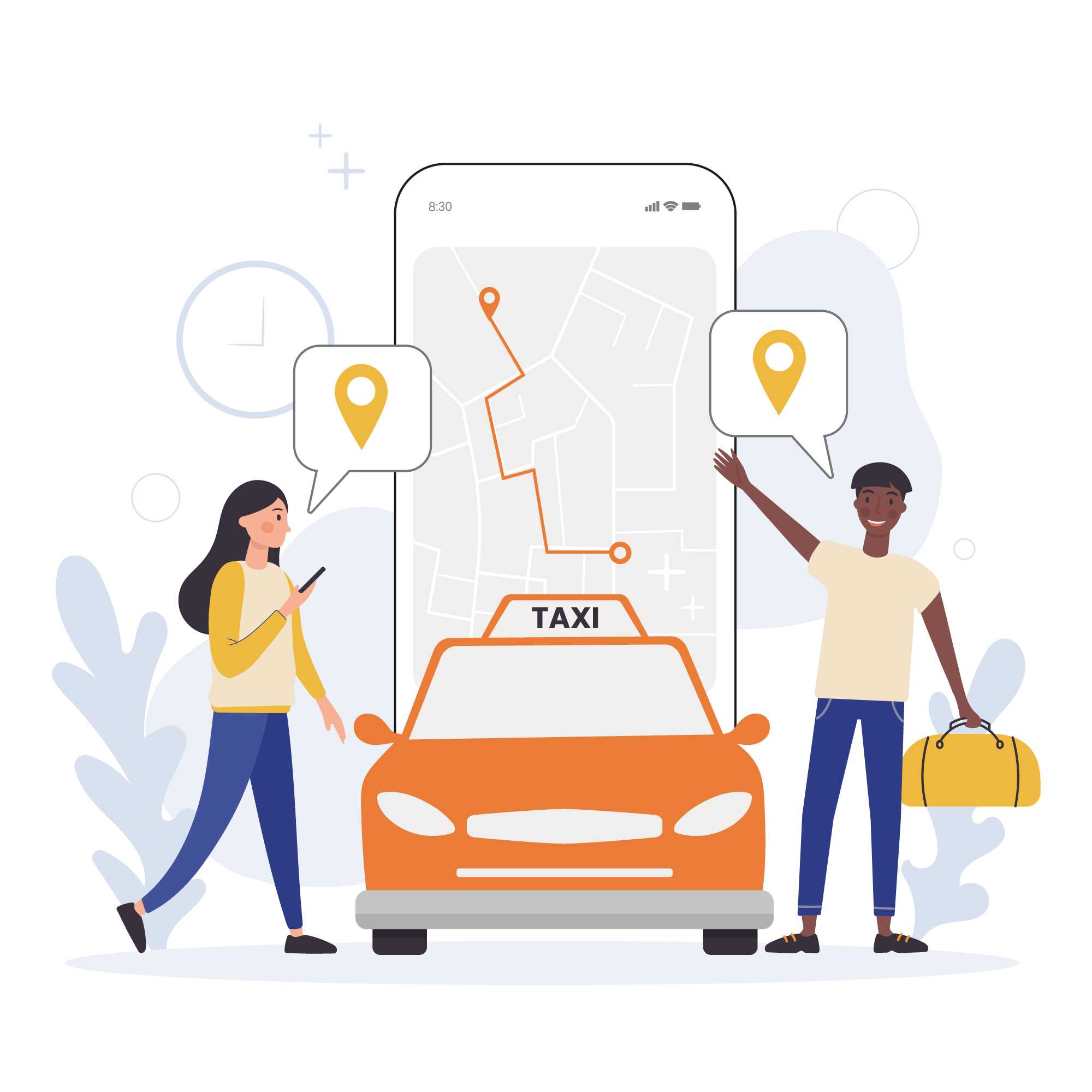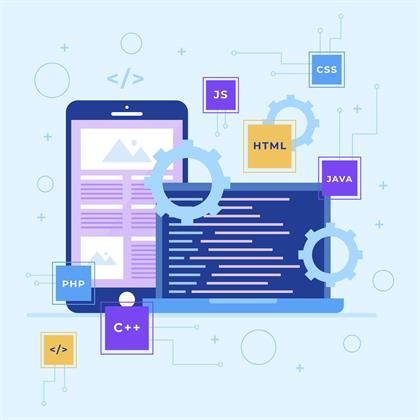
1. Introduction
The global ride-hailing market is forecasted to reach $386 billion by 20261, fueled by urbanization, mobile penetration, and the increasing demand for convenient travel options. However, as the market expands, inclusivity is becoming more crucial. It’s no longer enough for an app to be functional—it must work for everyone: the elderly, persons with disabilities, commuters from remote regions, drivers, and fleet managers.
This blog explains how to build a truly inclusive, scalable, and secure ride-hailing app, aligning with both market needs and user diversity.
2. Understanding the Audience
A ride-hailing app typically involves three core user groups:
Riders: Diverse groups such as daily commuters, business travelers, elderly passengers, tourists, and people with disabilities.
Drivers: Includes full-time, part-time, and gig workers seeking efficient trip matching and income tracking.
Admin/Fleet Managers: Need dashboards for trip monitoring, user management, analytics, and fraud prevention.
Identifying the needs of each group ensures you design a system that resonates with real-world use cases.
3. Key Features of a Successful Ride-Hailing App
For Riders:
Simple onboarding
Real-time GPS tracking
Multiple payment options
Trip history
Driver profiles and ratings
For Drivers:
Navigation and route optimization
Trip and earnings tracking
Payout management
In-app chat
For Admins:
Live dashboard
Driver/rider analytics
Complaint resolution tools
Dynamic pricing and geofencing controls
By aligning these features with user expectations, you ensure a seamless experience.
4. Accessibility and Inclusivity in App Design
Accessibility is often overlooked in app development. But it is critical in 2025’s digital landscape.
ADA compliance and WCAG 2.1 guidelines are benchmarks to meet when building inclusive ride-hailing applications. Implement:
Voice command and screen reader compatibility
High-contrast visual modes for visually impaired users
Language selection for multilingual regions
Simplified UI for elderly users
A McKinsey study noted that inclusive design improves user retention by up to 40% in digital services2.
5. Technology Stack and Architecture
Choosing the right technology stack ensures your app is scalable, secure, and reliable.
Frontend:
React Native / Flutter (cross-platform apps)
Backend:
Node.js / Django / Laravel
Firebase or AWS Amplify (for real-time updates)
APIs and Integration:
Google Maps / Mapbox for navigation
Stripe / Razorpay / PayPal for payments
Twilio for SMS and OTP services
You also need a robust cloud infrastructure like AWS, Azure, or Google Cloud to support load balancing and high availability.
6. Integrating Safety and Trust Features
In 2025, trust-building features are a must. Ensure:
SOS emergency button linked to local authorities
Real-time trip sharing with family
Background verification for drivers
Incident reporting functionality
Masked phone numbers and in-app communication
Apps like Uber and Lyft have shown that investing in safety features increases user trust by over 60%3.
7. Cost Estimation and Budgeting
The Taxi app development cost can vary significantly depending on:
| Feature Set | Estimated Cost |
|---|---|
| MVP (iOS/Android + backend) | $15,000 – $30,000 |
| Mid-level App | $35,000 – $50,000 |
| Full-featured with AI, ML, analytics | $60,000 – $100,000+ |
Key variables:
Number of platforms (iOS/Android)
Customization level
Development location
API and third-party service integration
It's essential to create a cost roadmap to avoid overspending while aligning with long-term product goals.
8. Compliance with Local and Global Regulations
Non-compliance can lead to app removal or fines. Important areas include:
GDPR/CCPA for user data protection
PCI-DSS for secure payments
Local transport authority regulations
Insurance and liability guidelines for drivers
Always involve legal consultants during the planning and development stages.
9. Testing and Launching the App
Testing is not optional. It ensures performance across networks, devices, and regions.
Testing Strategies:
Functional testing: Booking, canceling, payments
Usability testing: Real-world user feedback
Security testing: Data encryption and secure APIs
Load testing: App behavior under high demand
Post-launch, a soft rollout helps identify issues before full deployment. Use this phase to refine based on rider and driver feedback.
10. Post-Launch Strategy and Scaling
Post-launch doesn’t mean your job is done. You need:
Continuous performance monitoring
Bug fixes and updates
In-app promotions
Customer support automation using chatbots
Expansion planning to include EVs, carpools, etc.
The industry is shifting fast, and apps must adapt to remain competitive. If you're building a ride sharing app development solution, prioritize modular architecture that can support integrations with EV fleets, bike taxis, or autonomous vehicles in the future.
11. Conclusion
Creating a ride-hailing app that serves everyone is both a technical and ethical responsibility. From accessible UX to safety features and inclusive pricing, your app must meet user needs across demographics.
By partnering with experienced developers and planning carefully around the Taxi app development Cost, you set the stage for long-term success. Whether you're launching a ride sharing app development startup or scaling a affordable Taxi booking app development business, a user-focused, compliant, and tech-driven approach is the path forward.














